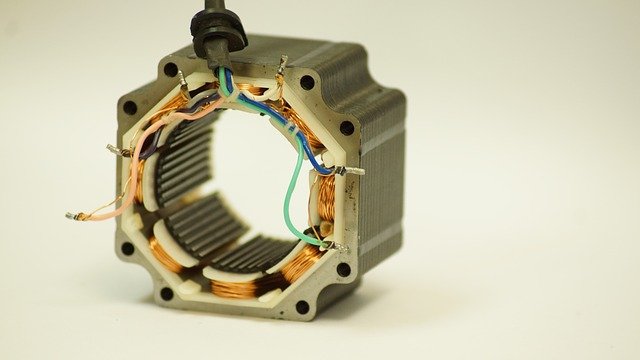
The stator is the counterpart of the rotor.
Stator is a term from the English word stator , which is an acronym composed of stationary (translatable as “stationary” ) and rotor (which means, precisely, “rotor” ). This is the fixed sector where, in a machine, the rotation of a rotor occurs .
Although the Spanish Royal Academician ( RAE ) indicates that estator is accented on the letter A , there are dictionaries that accept the accentuation on the last syllable: estator . As for plurals, the forms stators or stators can be used.
What is a stator
Before moving forward with the definition of a stator, it is essential to focus on the concept of a rotor . This is the name given to the rotating part of a turbine or some other device .
In a rotating device, thus, the stator is the area that remains stationary. It stands as the counterpart of the rotor and contributes to the transmission of current or power .
The characteristics of the stator depend on the type of machine. It can be, roughly speaking, an electromagnet or a permanent magnet . It is important to mention that, although it does not move mechanically, it does register a movement due to magnetism .

The stator may have an electromagnet or a permanent magnet.
Its function in an engine
It can be stated that the stator acts as the base of a motor , being a fixed piece that allows, from its position, the development of rotation. It can be formed by multiple metal sheets that make it possible for the magnetic flux to pass through them.
Take the case of an induction motor , also called an asynchronous motor or asynchronous motor . These alternating current electric motors have a rotor whose rotation is carried out at a speed different from that of the magnetic field that the stator has.
In this framework, the stator is dedicated to creating the magnetic field in question, functioning as an inductor. It has an electrical circuit and a magnetic circuit.
In this way, the stator remains static and induces the electromagnetic field. The rotor, which is the moving part, moves mechanically based on the induced field .
The magnetic field and the stator
As we have already indicated, there are electrical machines where the stator is the source of the magnetic field as it is constituted as an electromagnet or a permanent magnet. In these cases, the stator generates a fixed magnetic field, while the rotor has the system that produces the electric current.
With this model , it is common to use a switch . This device makes it possible for alternating current to be transformed into direct current.
Electricity generation
In another class of machines, the stator itself houses the system that is responsible for electrical generation . An alternating current source powers electromagnets that are connected in parallel, giving rise to variable magnetic fields.
The coils , thus, are installed on the stator. With this design you can go from low current to high voltage easily.
Stator problems
Elevated temperatures and contamination can cause corrosion of the stator material, leading to overall deterioration. In this situation, the voltage ends up unbalanced.
Rewinding damaged heads is one of the ways to repair a stator. However, sometimes it becomes necessary to replace the part with a new one.
